
Happy Winter Solstice! But for many it is not a “happy” time of year. The winter blues, winter funk, or seasonal affective disorder— Doesn’t matter what you call it, it can be debilitating.
So, while the days in the northern hemisphere are starting to get longer again, there is still a long winter ahead for those of us that live in cold states!
![]()
Colder and dark days mean many Americans are beginning to feel the effects of seasonal affective disorder (SAD), and on top of winter, is the ever present pandemic!
SAD can make it more difficult to manage COVID-19 anxiety, and if you also suffer from respiratory diseases including but not limited to COPD (chronic obstructive pulmonary disease), pulmonary fibrosis, pneumonia, severe asthma attack, cystic fibrosis this seasonal depression, the cold weather, the pandemic— it is all piling up.
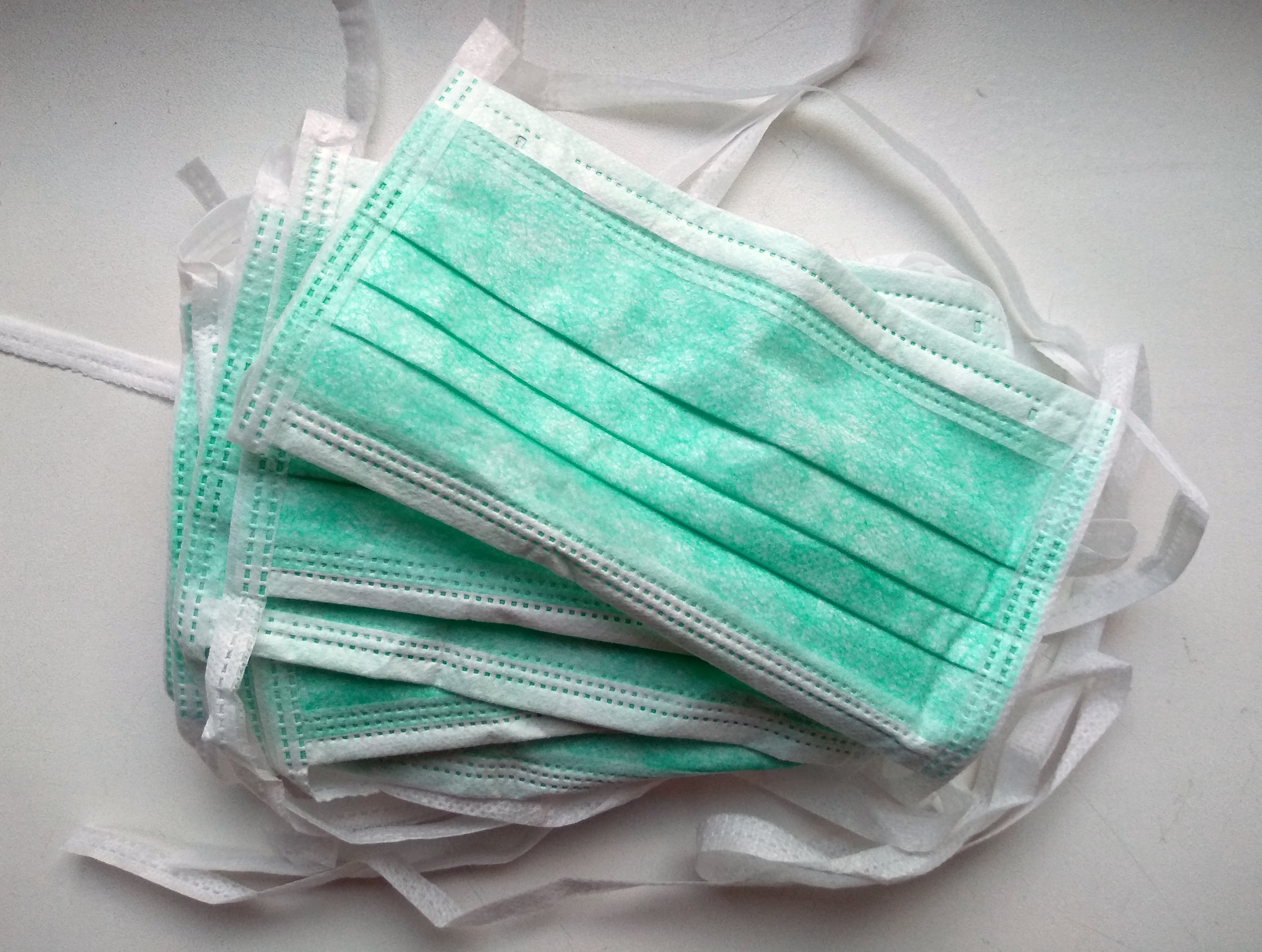
We created this guide that will give you several coping mechanisms designed to ease symptoms of seasonal affective disorder, COVID-19 anxiety, and respiratory disease.
What is SAD? Do I Have It?
![]()
SAD is a type of depression that is brought on by cold temperatures during the fall and winter months. People tend to go outside less frequently which leads to vitamin D deficiency resulting in mood changes and other symptoms of depression.
Here are some of the basic feelings of depression however this can look different from person to person. During these episodes, symptoms occur most of the day, nearly every day and may include:
- Feelings of sadness, tearfulness, emptiness or hopelessness
- Angry outbursts, irritability or frustration, even over small matters
- Loss of interest or pleasure in most or all normal activities
- Sleep disturbances
- Tiredness and lack of energy
- Reduced appetite and weight loss
- Increased cravings for food and weight gain
- Anxiety, agitation or restlessness
- Slowed thinking, speaking or body movements
- Feelings of worthlessness or guilt, fixating on past failures or self-blame
- Trouble thinking, concentrating, making decisions and remembering things
- Frequent or recurrent thoughts of death, suicidal thoughts, suicide attempts or suicide
- Unexplained physical problems, such as back pain or headaches
Mental disorders like anxiety and depression often coincide, these mental disorders are the most common mental illness in the U.S., affecting 40 million adults in the United States.
SAD is categorized differently than depression and anxiety, while the symptoms are very similar, the reason in which you experience these feelings are rooted in the change of seasons. It is important to distinguish the difference between the two.
When distinguishing between a diagnosis of depression and depression with a seasonal pattern, it all comes down to timing!
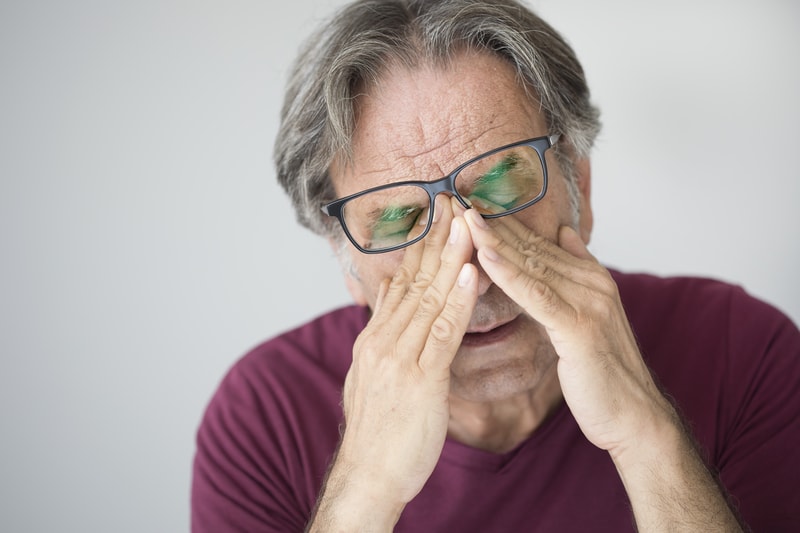
A person suffering from major depressive disorder with a seasonal pattern would experience the common symptoms listed above common in winter months as opposed to the rest of the year.
Being diagnosed with depression with seasonal pattern or SAD, you would have to experience:
- At least two years of symptoms that become worse during a specific time of the year
- The seasonal depressive episodes must significantly outweigh the nonseasonal episodes
If you are diagnosed with SAD it is likely you will be treated similarly with the same approach to someone who experiences depression. Therapy and the use of anti-depressant medications are commonly prescribed for someone with depression, whether seasonal or not.
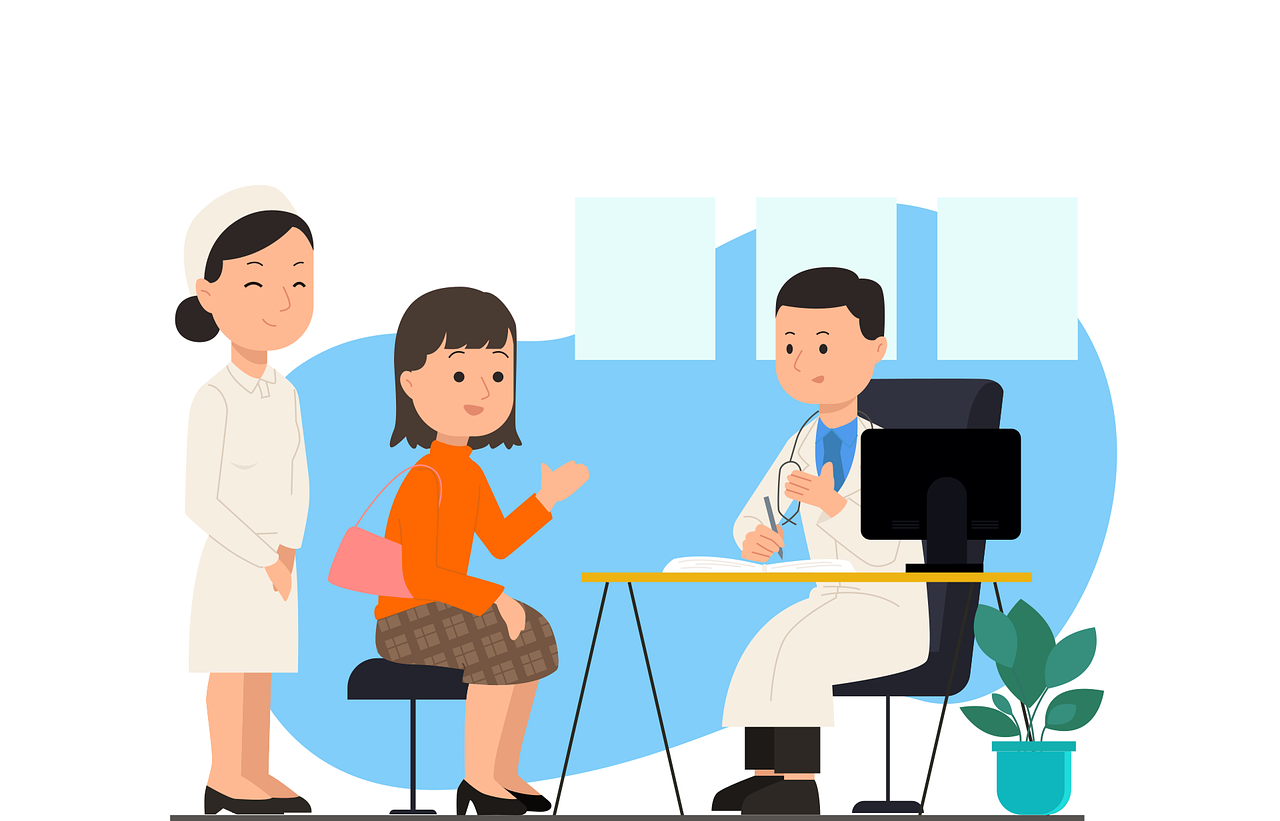
It is recommended that people with SAD shouldn’t not go untreated nor wait out the depressive episode until the end of the season.
It's a harmful mentality that someone can endure a depressive episode for a period of several weeks during the winter months. Basic human functions will steadily decline and there is no good reason not to seek professional help to learn helpful skills for a more enjoyable life all year around.
SAD and COVID-19
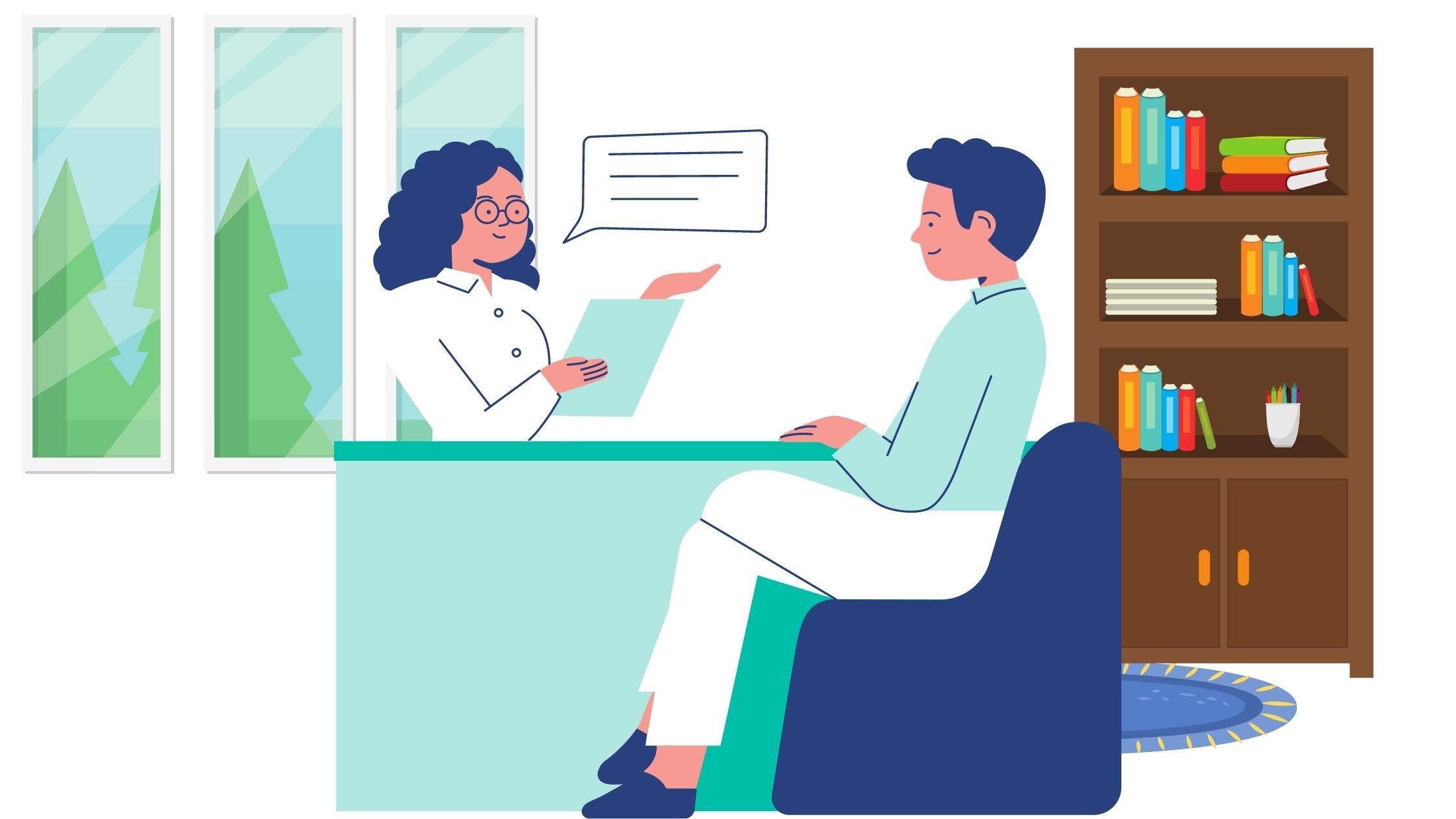
SAD and COVID-19 are a recipe for depressive episodes and increased anxiety.
As we roll into another pandemic winter, the ever present seasonal affective disorder is being compounded by COVID-19 anxiety for many Americans.
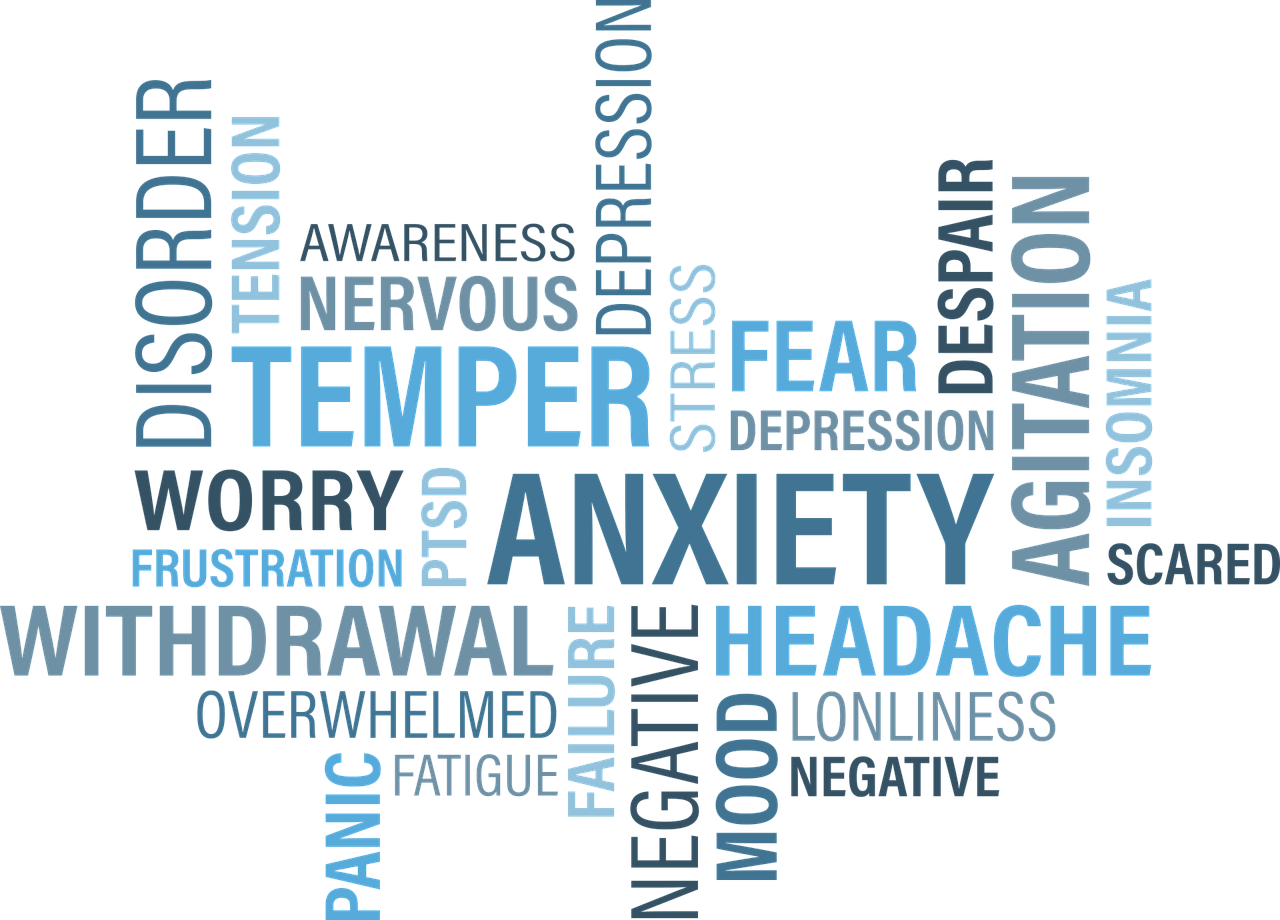
Most Americans are still processing traumatic experiences from the events of the past year and a half, whether you have suffered the loss of a loved one or had a hard time coping with isolation and quarantine, the world in a pandemic can be a cruel and unruly place.
In comparison the United States is in a much better position than last winter with the COVID-19 vaccine availability and current rollout of booster shots, however, the uncertainty of how the pandemic will continue to effect us can make the mental distress persist.

In a vicious cycle, SAD can make it even more difficult to cope with COVID-19 anxiety, and treating SAD can seem impossible under COVID-19 pressures.
Here are some ways to manage both issues simultaneously.
Managing SAD and COVID-19 Anxiety
If you’re feeling the double trouble of seasonal affective disorder and pandemic anxiety, experts recommend the following coping mechanisms that can help ease symptoms of both.
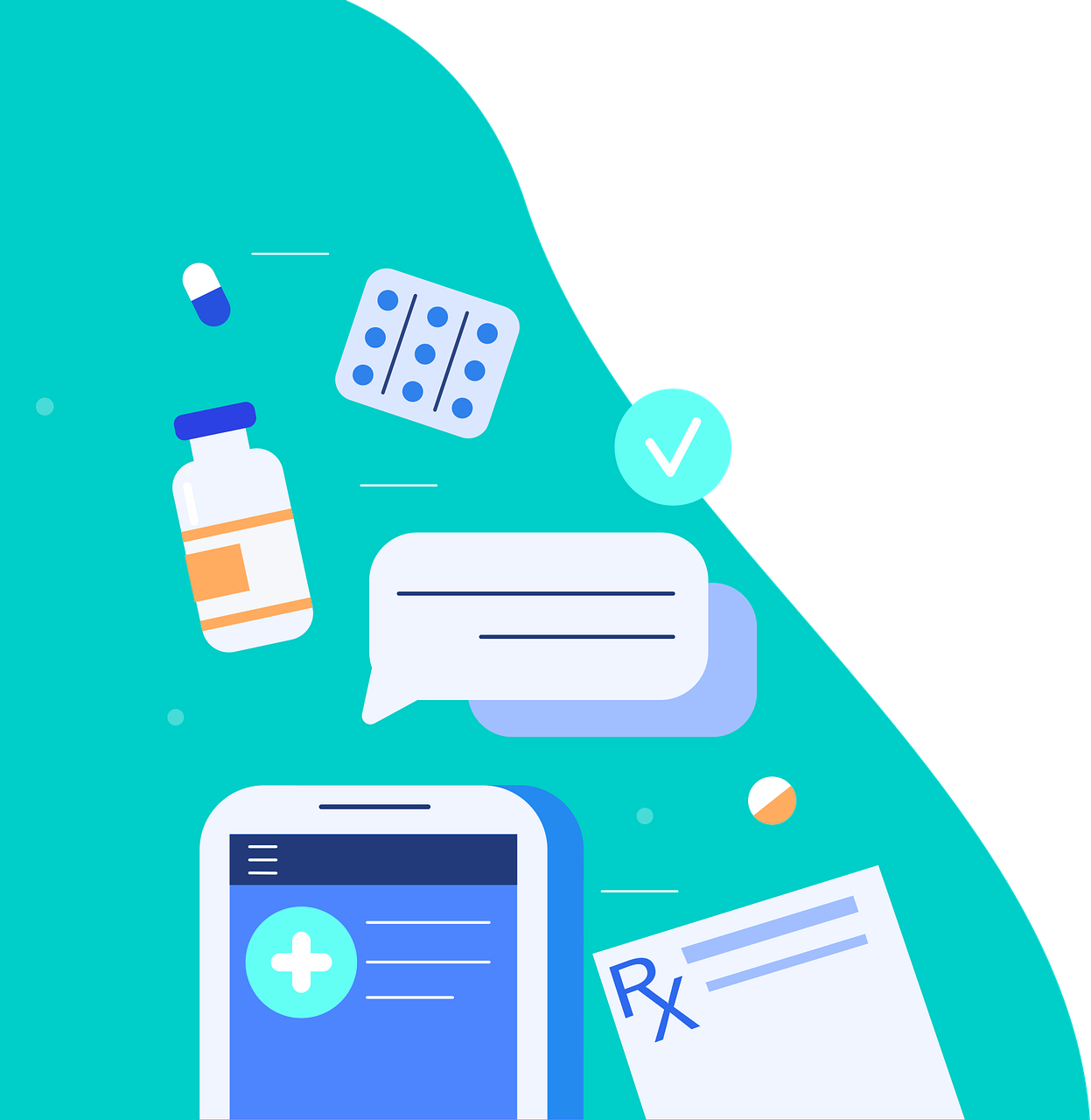
Maintain a routine
It sounds simple but having a semblance of a daily routine is very important, especially when things seem overwhelming. Having a few daily tasks to come back to when you feel overwhelmed gives you a sense of accomplishment.
Write down some small achievable goals to work towards each day. It is common to immediately feel like you're drowning in responsibilities, so begin your day by crossing goals off of your list. This can make a big difference in your attitude moving forward.
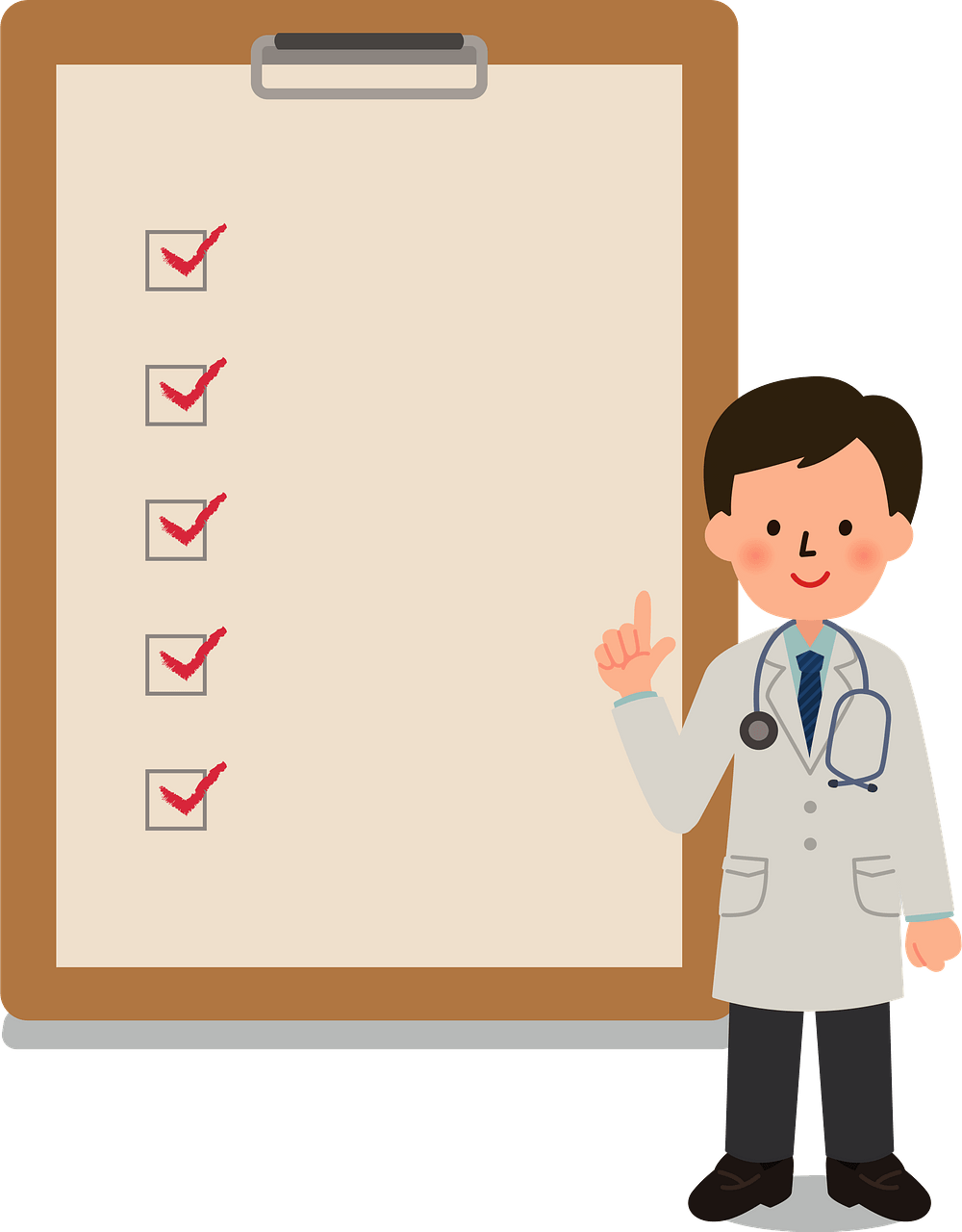
One goal you can make is to “make your bed” every morning. Once you’ve done that, acknowledge your accomplishment and continue moving through your day!
Another goal can be to take 10 minutes out of every morning for deep breathing and stretching. Simply checking tasks off of a list can go a long way in reassuring yourself that you are capable.
Try light therapy

Phototherapy, or light therapy, is a recommended treatment for seasonal affective disorder. It involves sitting or working near a light therapy box, which mimics natural outdoor light.
Sunlight is the best source of vitamin D, finding other ways to source this crucial vitamin is essential for your mood and mental health. You can do it with light therapy, foods you eat that are high in vitamin D, and supplements if your doctor approves.
Get moving
![]()
Physical activity can improve mental health and overall well-being. Remember that exercise doesn’t have to mean going to the gym or taking a fitness class, just a little physical activity like taking a walk, doing some exercise at home, using a quick YouTube workout video — is all beneficial!
Find your community

Unfortunately the pandemic is making it challenging to connect with people in person safely but you can still surround yourself virtually by people who support you, inspire you, or are just fun to talk online and over the phone.
Look for Facebook Groups or online forums. People are often posting their vulnerabilities to share and connect with others who have similar experiences to you!
Bottling up your emotions is very unhealthy. Use your social circle for support. Sharing how you are feeling with your loved ones can help you, as well as help them, understand what you are going through!
Practice meditation
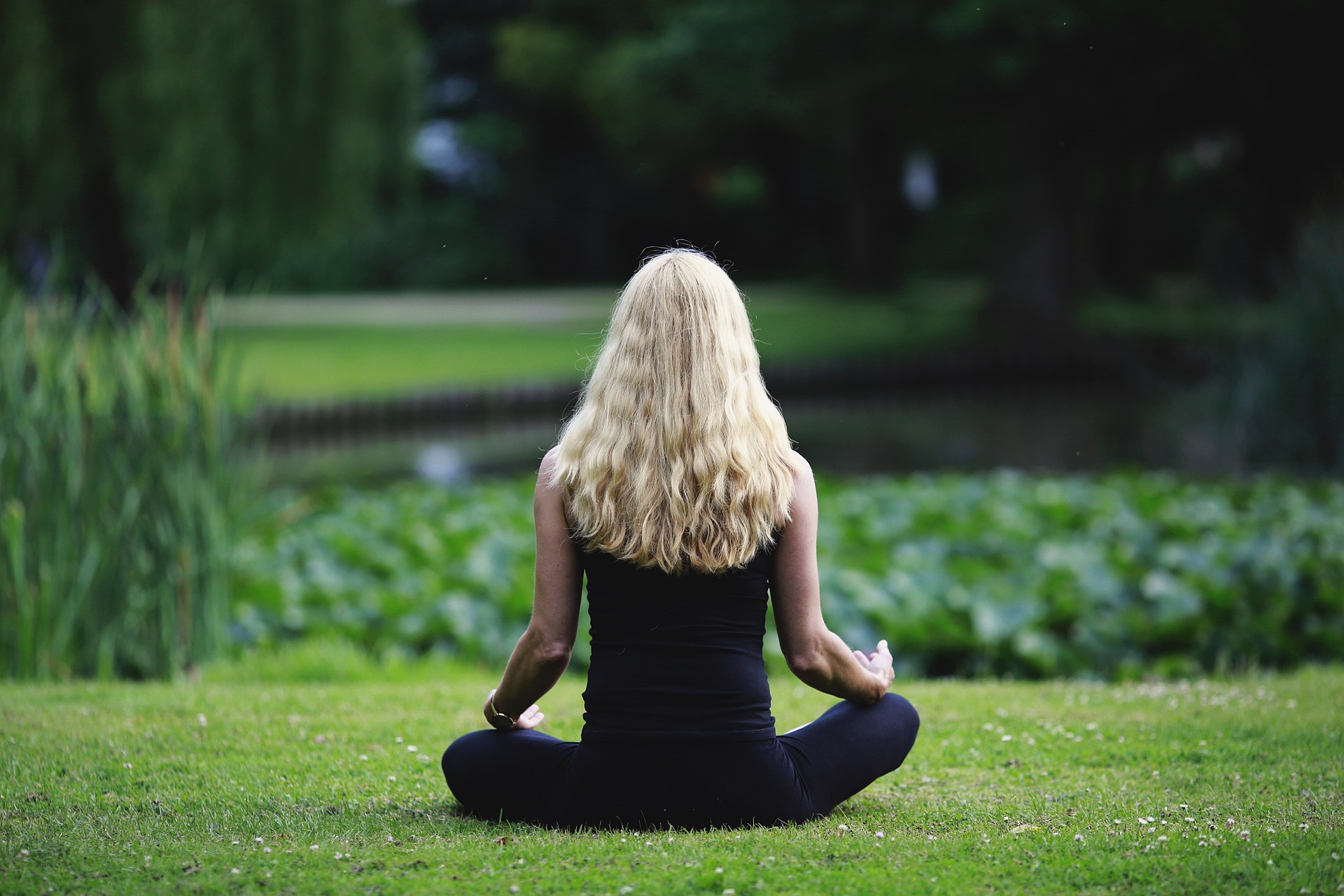
A proven way to help ease symptoms of depression and anxiety is meditation. The power or mindfulness should not be underestimated, especially when talking about SAD and COVID-19 anxiety. Medications encourage people to slow down their thoughts and breathe deeply.
{{cta('43b79c5e-6bd6-4f02-ac27-2d038d20c146','justifycenter')}}
Medication sounds easy, but to remain still, breathe, and trying to stay present is harder than it sounds, but as with anything, it just takes a little practice. Start with small goals and understand that medication is not an attempt to turn off your thoughts, but a way to slow down your thoughts and to be aware of your surrounding thoughts so you are more in control of them.
There are a lot of new apps you can download on your smartphone or tablet that will help you get into the practice of mediation!
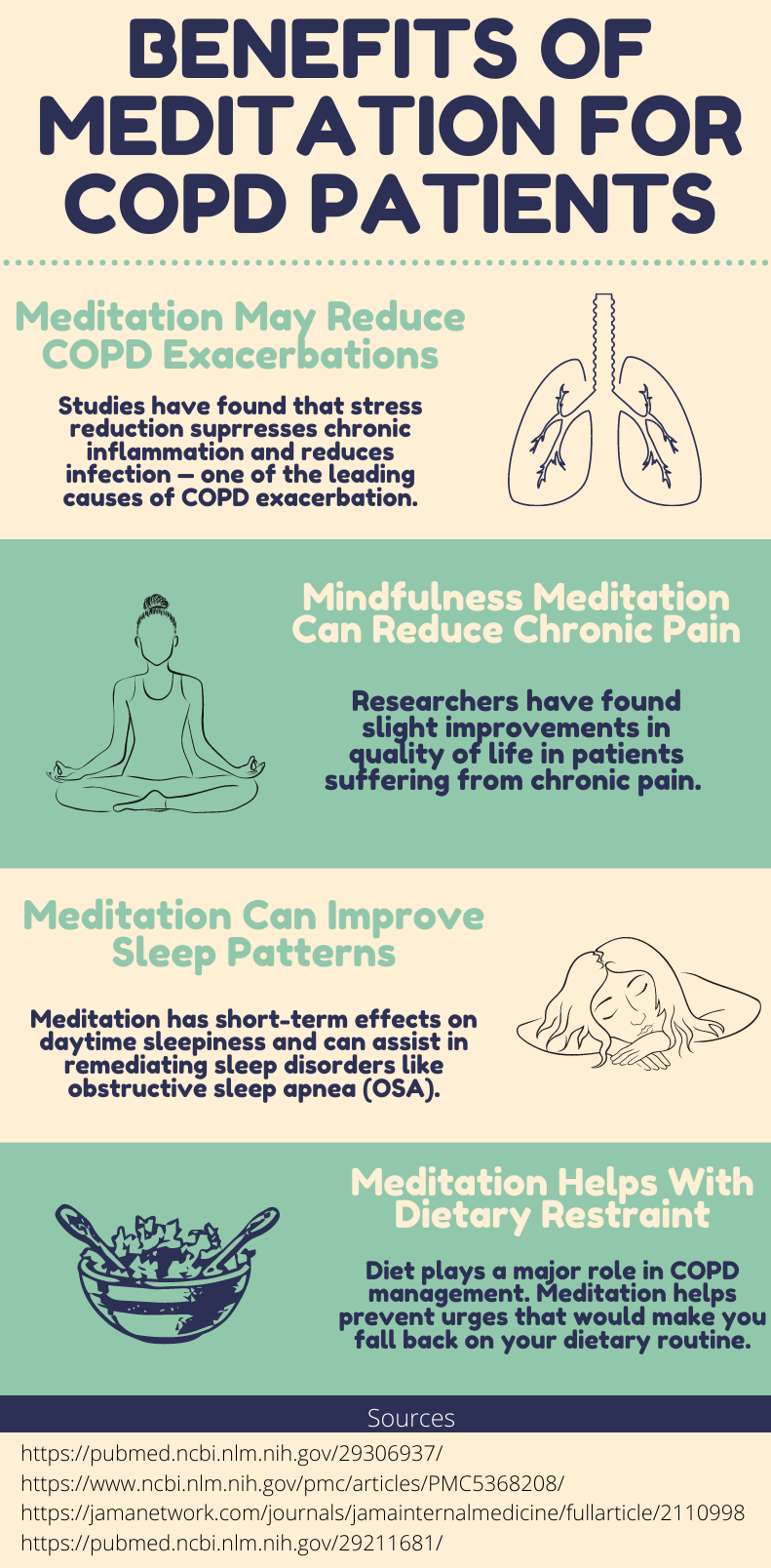
Create a bucket list
Think about something you enjoy doing, it could be anything, write it down in a journal and make this your new bucket list! Having plans for enjoyable activities can help ease day-to-day stresses.
This could include doing a wine tasting from home, getting around to reading a new book, creating a weekly movie and dinner night, or starting a new hobby that sounds fun.
![]()
Beyond these everyday activities and practices to help you ease SAD and COVID-19 anxiety, there are more drastic measures you can take.
Managing episodes of anxiety and depression is possible with support, however some people do require professional help, and that is ok!
Seek professional help
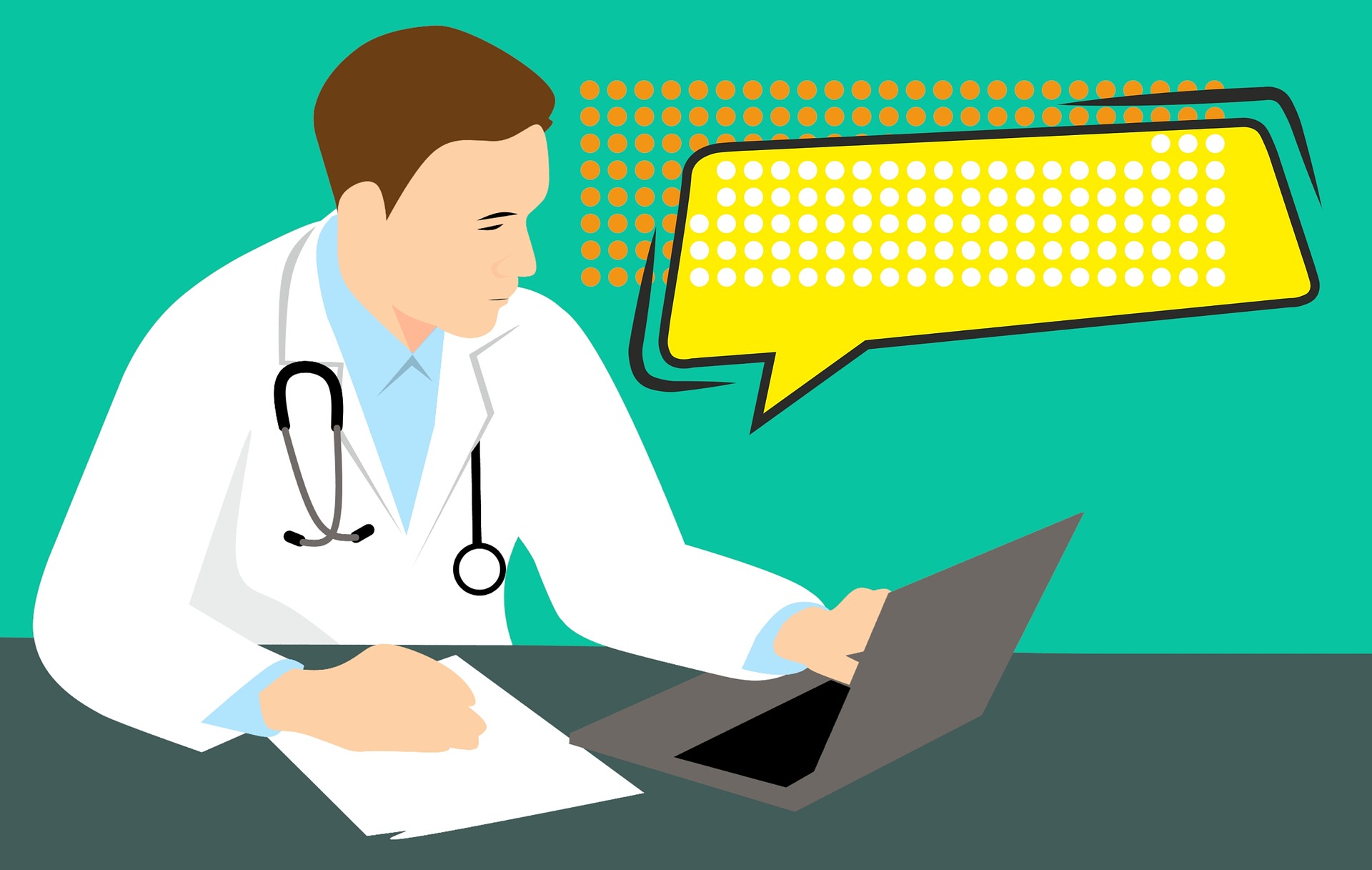
It is very common that people with SAD and anxiety seek a mental health professional and have very positive experiences in doing so! Even if you did not need a to see a therapist before, the pandemic could have shifted a lot for you mentally, and it is never too late to adjust to these changes with the help of a mental health professional.
63 percent of people previously diagnosed with depression and anxiety reported their associated symptoms were “worse” or “much worse” during the COVID-19 pandemic than they were before.
Affording Treatment or Medication

Roughly 20% of people that responded to a GoodRx survey noted that they couldn't afford their medication during the pandemic. Also, 37 percent of respondents reported at least one issue related to administration of their medication, including missing, skipping, or rationing prescriptions; changing pharmacies; or having issues with a pharmacy refilling their prescription.
If you’re unable to afford your anxiety or depression medications, consider the following.
Shop around and look for coupons
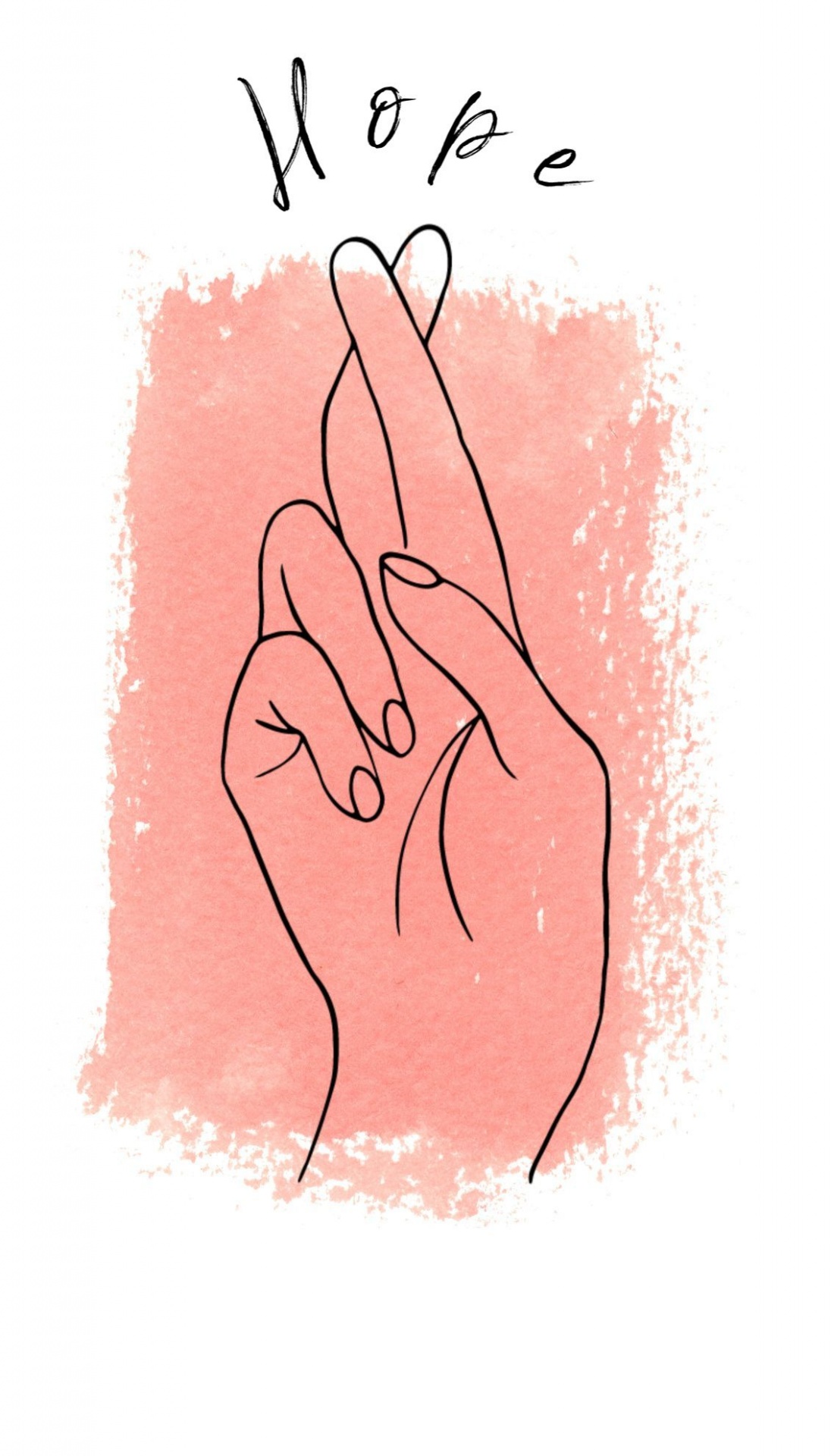
Take the time to research different pharmacies around you, prices vary depending on where you pick up your prescriptions.
Contact the pharmaceutical company that makes your medication to ask for coupons or price reduction promo codes. Pharmaceutical companies also offer patient assistance programs to help people that are struggling to afford their medications.
{{cta('fa8abc2a-1e88-4fa3-82fd-1cb5b9ed43b2','justifycenter')}}
Request a 90-day supply
Ask your doctor to write a prescription for a 3-month supply rather than a monthly supply. Paying more upfront for your medication may reduce the total cost of the prescription.
Anxiety and Depression Due to Respiratory Illness
![]()
On top of all of the covid-19 anxiety and SAD, if you also suffer from a common respiratory disease, you are not alone!
Nearly 37 million Americans live with a chronic lung disease like asthma and COPD, which includes emphysema and chronic bronchitis.
If you require supplemental oxygen therapy, LPT Medical can help you ease the burden of dealing with heavy and cumbersome oxygen tanks. We have a wonderful selection of the newest and most reliable portable oxygen concentrators on the market!
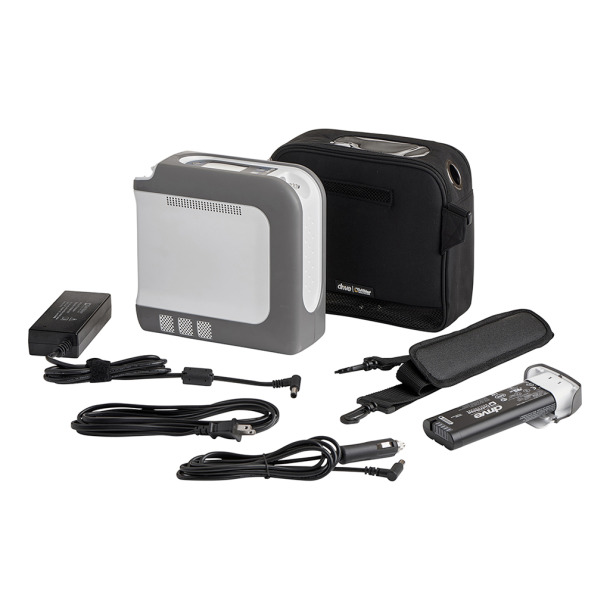
Having a lightweight portable oxygen device can change your way of life by creating opportunities for you to be more independent! Oxygen therapy can be a stressful and invasive form of therapy, so having a device that is compact in size, runs on battery power, makes oxygen therapy more doable!
Adhering to the prescription your doctor gives to you is important to ensure you treat the hypoxia caused by respiratory illness. When your oxygen levels are too low, your mood and mental health can suffer.
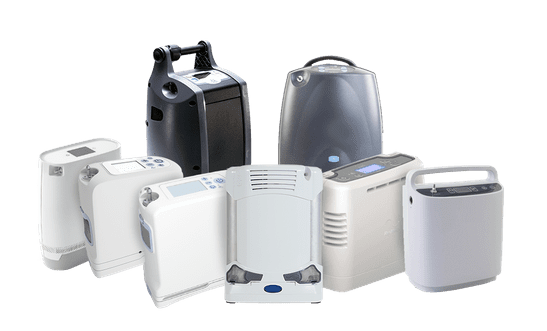
Here at LPT Medical, we are continually working to reduce the burden of living with lung disease by offering oxygen therapy products and oxygen therapy accessories that you can rely on for years.
Overview
These next few months will be cold and dark, that doesn’t mean you have to live in a constant state of depression. Seek help and treatment for SAD. Small everyday tasks can bring joy back into your life.
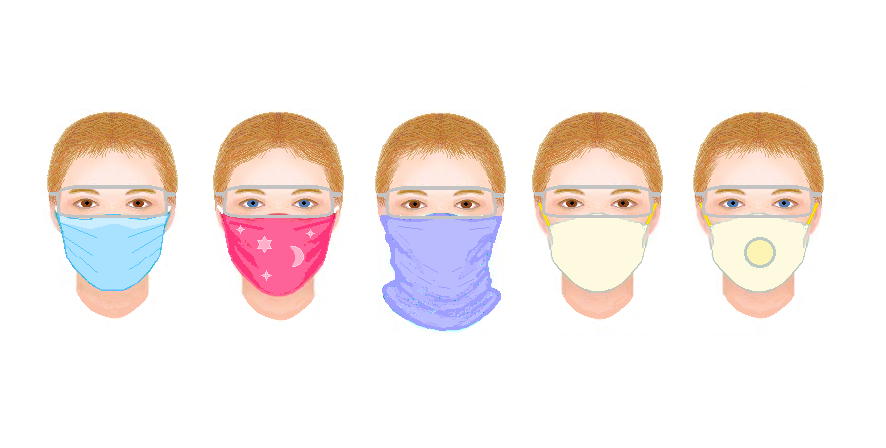
If you are also struggling with COVID-19 anxiety and the pressure of dealing with and managing a respiratory disease, don’t give up. There are social circles available to you online that can help you cope with the very natural feeling you are having.
There is light at the end of the tunnel, seasons will come and go, it is our hope that you consider some of the information within this blog to help you cope with the challenges of winter, COVID, and chronic respiratory disease.

